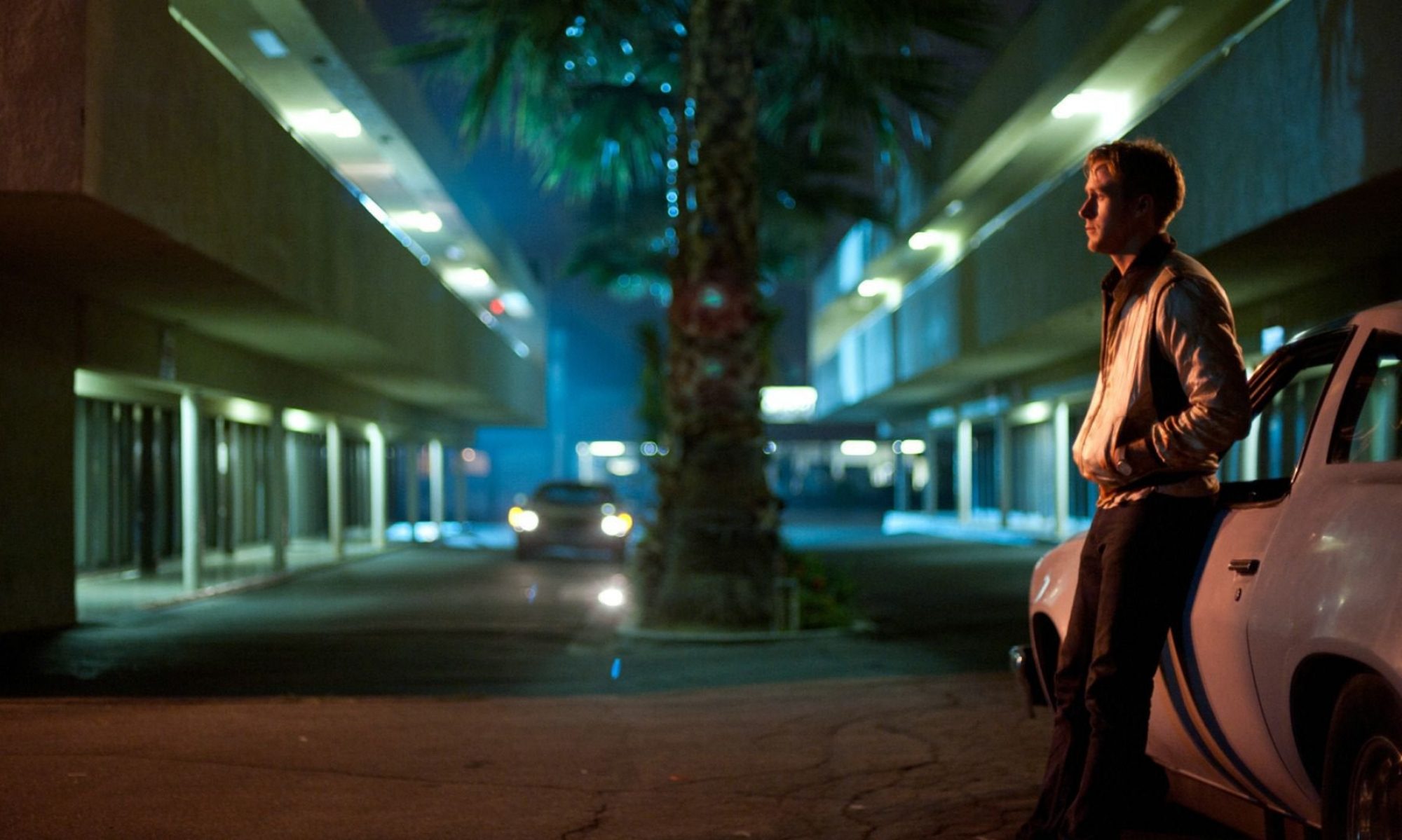Landscape is a necessary factor to consider in any film production, whether it plays a wider part in the film’s narrative or not. The location of your work is where your characters will experience their existential crises, battle it out or just sit around talking. Or maybe they’ll barely talk at all.
In screenplays with minimal spoken dialogue, other factors need to fill the gaps. This is where landscape comes into its own. If you’re a silent German Expressionist film looking to create terror and unease, you might design a set with dramatic lighting, ominous shadows and claustrophobic angles (see: The Cabinet of Dr Caligari). If you’re a pleasantly eccentric film with a range of quirky characters, then you may want to accentuate your already iconic style with a range of pink pastel set pieces and objects (see: The Grand Budapest Hotel). If you’re a really dark thriller who likes to keep pushing the point that your subject matter is really dark, why not use a dark, muted set design with minimal lighting (see: Seven. Sorry Seven, but you do go a bit overboard with darkness metaphors at various points).
Martin McDonagh’s latest entry, The Banshees of Inisherin, brilliantly encapsulates the slowly escalating conflict between two former friends Padraic and Colm, one a ‘simple’ farmer and the other an aspiring folk musician played respectively by McDonagh alumni Colin Farrell and Brenden Gleeson. After Colm declares that he wants to sever their former friendship in favour of pursuing nobler endeavours that will cement his name in history, an increasingly saddened and incensed Padraic defies Colm’s sinister threats of self-mutilation, ultimately leading to multiple severed fingers.
On a surface level, the conflict is a thinly veiled metaphor for the Irish Civil War (the film is set in 1923, when the infighting was reaching an apparent end). Characters stop at certain points to comment on the gunshots heard overseas. But if you look beyond this easy reading and outward towards other factors, an intriguing narrative is created from what is not in conflict, what is not speaking, and what remains despite human trivialities and farce: the landscape.
One of the first films Banshees reminded me of was the Andrey Zvyaginstev’s 2014 film Leviathan, a work I studied in relation to landscape and the sublime for a module in my masters qualification. The basic narrative revolves around a man refusing to sell his house to a greedy authoritarian figure while his personal life falls apart, with the house ultimately destroyed and the man imprisoned. Like Banshees, the central plot is simple. A conflict takes place and is not fully resolved. This simplistic narrative provides a rich opportunity for storytelling through cinematography. Both films are bookended by images of landscapes, a subtle metaphor that, despite the injuries or deaths that take place on a regular basis, the lands remain in place, stoic and unchanged. Banshees cinematographer Ben Davis crafts magnificent tapestries throughout the film, but the opening, overhead shot of the island coupled with the final image of the area beneath an ominous, stormy sky are particularly striking. The island remains just as intact as it was at the beginning, while the final moment of pathetic fallacy signals a violent conflict that is still brewing. We don’t need an expository monologue to decipher these ideas, since the images do this for us.
Banshees and Leviathan also share an interesting similarity in their mythical grounding. The idea of Colm removing a finger on his violin hand each time Padraic tries to talk to him evokes the darkness of a Grimm fairytale. It’s a staple of McDonagh’s frequently dark, tongue-in-cheek narratives, but also hints at something more folk tale-like, an atmosphere that is particularly accentuated by Carter Burwell’s unsettling refrains. The final image in particular looks almost fantastical with the sky’s purple tint, and the small, isolated nature of the island itself (filmed on location in Achill Island and Inishmore) provides the perfect breeding ground for the unnatural (think The Wicker Man, Midsomer). Leviathan was likewise set in a fictional land, and was actually filmed around the Russian towns of Kirovsk, Monchegorsk, and Olenegorsk. By removing their narratives from real world locations, Leaviathan and Banshees forge mythological worlds all of their own.
